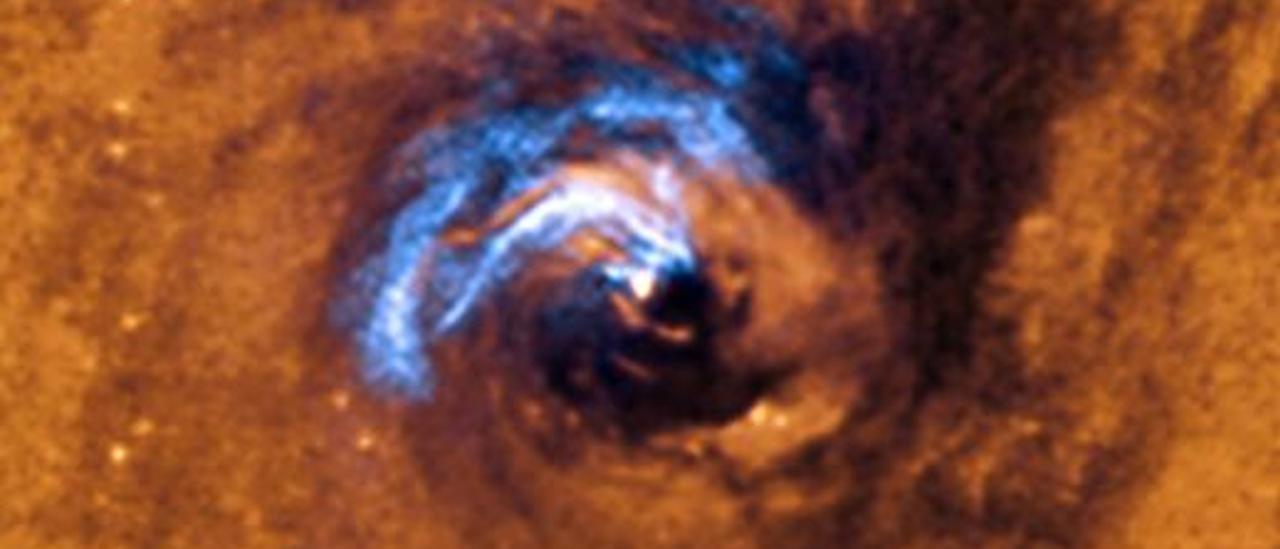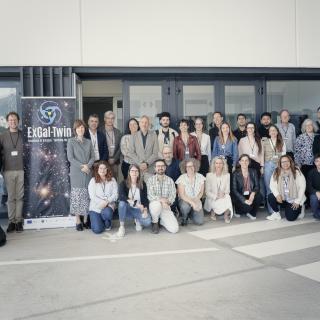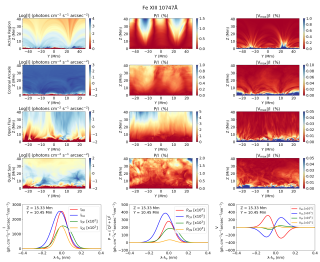The image shows the process of nuclear feeding of a black hole in the galaxy NGC 1566, and how the dust filaments - seen in white-blue colors- are trapped and rotating in a spiral around the black hole until the black hole swallows them. Credit: ESO.
Advertised on
Authors
Almudena
Prieto Escudero
J. Nadolny
J. A. Fernández-Ontiveros
References
The black holes at the centres of galaxies are the most mysterious objects in the Universe, not only because of the huge quantities of material within them, millions of times the mass of the Sun, but because of the incredibly dense concentration of matter in a volume no bigger than that of our Solar System. When they capture matter from their surroundings they become active, eventually giving rise to the ejection of huge amounts of energy. It is however difficult to detect the black hole during these capture episodes because the event is rare. We detected long and narrow dust filaments surrounding and feeding the black hole in the centres of several galaxies. These filaments could furthermore be the natural cause of the darkening of the centre of many galaxies when their nuclear black holes become active. The discovery of these filaments and the understanding of their nature have been made possible by using extremely sharp images obtained with the Hubble Space Telescope, the Very Large Telescope (VLT) at the European Southern Observatory (ESO), and the Atacama Large Millimetre Array (ALMA) in Chile. Each of these images provides us with a different view of the various states of the interstellar medium in which these filaments reside. Their combined analysis led to a direct visualisation of filaments feeding the black hole. A first estimate of the amount of matter in the filaments indicates an inflow equivalent to the mass of the Sun per year.


